By Jon Diamond
The origins of the Matilda Tank or “I” Tank date back to 1934, when Maj. Gen. Percy C.S. Hobart, then the Inspector, Royal Tank Corps (RTC), itemized the features of a new infantry support weapon that would be “moderately well-armoured and equipped with a machine gun, available in large numbers to swamp the enemy defences; or a larger type, mounting a cannon and armoured sufficiently to be proof against field artillery.”
Due to finances, Britain’s interwar military leaders favored the smaller of Hobart’s prototypes, the A11, which was codenamed Matilda. This curious name was derived from a popular feathered cartoon character of the time, Matilda the Duck, because the tank’s 27 tons of metal moved about as elegantly as an overweight waddling duck.
The initial A11 offering from Vickers-Armstrong, Ltd., in 1935 was an inexpensive, small, two-man tank that possessed a solitary machine gun, thus, hardly a mechanized weapon to “swamp the enemy defences,” but rather a mobile, armored machine gun. By January 1938, as the prospects for war in Europe heightened, the British Army now desired a cannon-armed infantry tank, which was labeled the A12, Matilda Mark I, and was to be produced by the Vulcan Foundry in Cheshire. This tank would have a coaxial Vickers .303-caliber, water-cooled machine gun and a 2-pounder antitank (AT) gun firing armor piercing (AP) rounds only, housed in a three-man turret. The official rationale for the absence of a turret gun capable of firing high-explosive (HE) shells was that this tank was to protect infantry from enemy tanks. Just prior to the outbreak of hostilities, the 2-pounder was believed to be the best AT gun in any army.
Advanced Armor Protection (For Its Time)
The first A12 prototype was available by April 1938, and an initial order was placed with Vulcan Foundry for an additional 140 tanks in June 1938. The A12’s two understrength 87-horsepower engines were located side by side in the rear half of the chassis. The heavily armored vehicle managed a top speed of 15 miles per hour, which was ample to support infantry. Future events would prove the lack of speed to be a major problem in dealing with the fast-moving German panzers in France and then in North Africa against the Deutsche Afrika Korps (DAK). In reality, over rough desert the Matilda seldom managed speeds of over six miles per hour.
The main virtue of the A12 design was its armor protection. The hull front was to possess 78mm of armor, while the thinnest area of the tank’s armor was 20mm, twice as much as that of any other British tank. The thickness of the steel plates would ensure that the A12 would be able to resist the impact of any enemy AT gun presently in use. Another protective feature of the A12 was that the suspension was totally enclosed with deep side skirts containing mud chutes and inspection panels. The Matilda A12 had a crew of four.
In May 1940, when the Wehrmacht’s assault began in the West, there were only 23 A12 Matildas out of a desired lot of 100 tanks, and these were all with the 7th Battalion, Royal Tank Regiment (7th RTR). The other British RTR battalions, notably the 4th Battalion,
RTR (4th RTR), had only the A11 Matildas. Although the A12 was invulnerable to the 37mm AT gun that the Germans fielded, it could be destroyed by the Nazi deployment of a “new” artillery weapon. In fact, it was Rommel’s own 7th Panzer Division that first utilized the Flak 38 88mm antiaircraft (AA) gun in an AT role as the only means to deal with the heavily armored Matilda A12, Mark I Infantry tanks that suddenly attacked his troops south of Arras in France in May 1940.
These 88mm guns could easily kill the Matilda A12, Mark I at 2,000 yards, twice the effective range of most British guns, especially the I tank’s 2-pounder, which could only fire AP solid shot. Lacking HE ammunition, the Matildas facing the 88mm guns without artillery, such as the excellent British 25-pounder field gun, and infantry support were more or less helpless against these Flak 38 guns. Also, since the Wehrmacht’s tactic was to exploit enemy fortifications over a wide front, many A11 and A12 tanks experienced both engine and track failures, trying to keep up with the Nazi blitzkrieg.
Matilda Tanks Captured
With the British Expeditionary Force (BEF) evacuation from Dunkirk, every British infantry in France and Belgium was lost. German records claim that about 100 Matildas, mostly A11s, were captured in France. The handful of Matilda A12, Mark I tanks captured in France were not of much use to the Germans except for inspection and analysis. After the evacuation from the Continent, only the 8th Battalion, RTR (8th RTR) had tanks, with twice as many A11 tanks as A12s, and this armored unit was situated in the south of England waiting for the planned German invasion of England, Operation Sealion.
With invasion imminent, production of Matildas continued since there was no time to retool the factories for newer British tanks mounting heavier guns. The Matilda A12, Mark I was modified after the disaster in France to include the British version of the Czech ZB air-cooled .303-caliber Besa machine gun to replace the venerable Vickers machine gun. To accommodate this change, some spatial alterations needed to be made to the turret of the A12, Mark I. Also, the electric pump for the water cooling supply was removed and an extractor fan was positioned in the turret’s roof. This modified vehicle was now called Infantry Tank, Matilda Mark II. Within a very short time, it was decided to replace the power units with seven-liter Leyland diesel engines, which could produce 95 horsepower. Another model included modifications to the gearbox and steering systems and was named Infantry Tank, Matilda Mark III. Later Marks (IIICS, IV, IVCS, and V) were produced with the turret modified to mount a 3-inch howitzer to fire smoke rounds to help conceal other 2-pounder gun tanks within the armored unit, hence the designation Matilda Mark IIICS, for close support.
The first Infantry Tank, Matilda Mark II contingent to arrive in Egypt in the autumn of 1940, after the threat of invasion of Britain waned, was with the 7th RTR under Lt. Col. R.M. Jerram. This unit, after two months of desert maneuvers, was to be part of the Western Desert Force, initially composed of the 7th Armored and the 4th Indian Divisions, all under the command of Lt. Gen. Richard O’Connor.
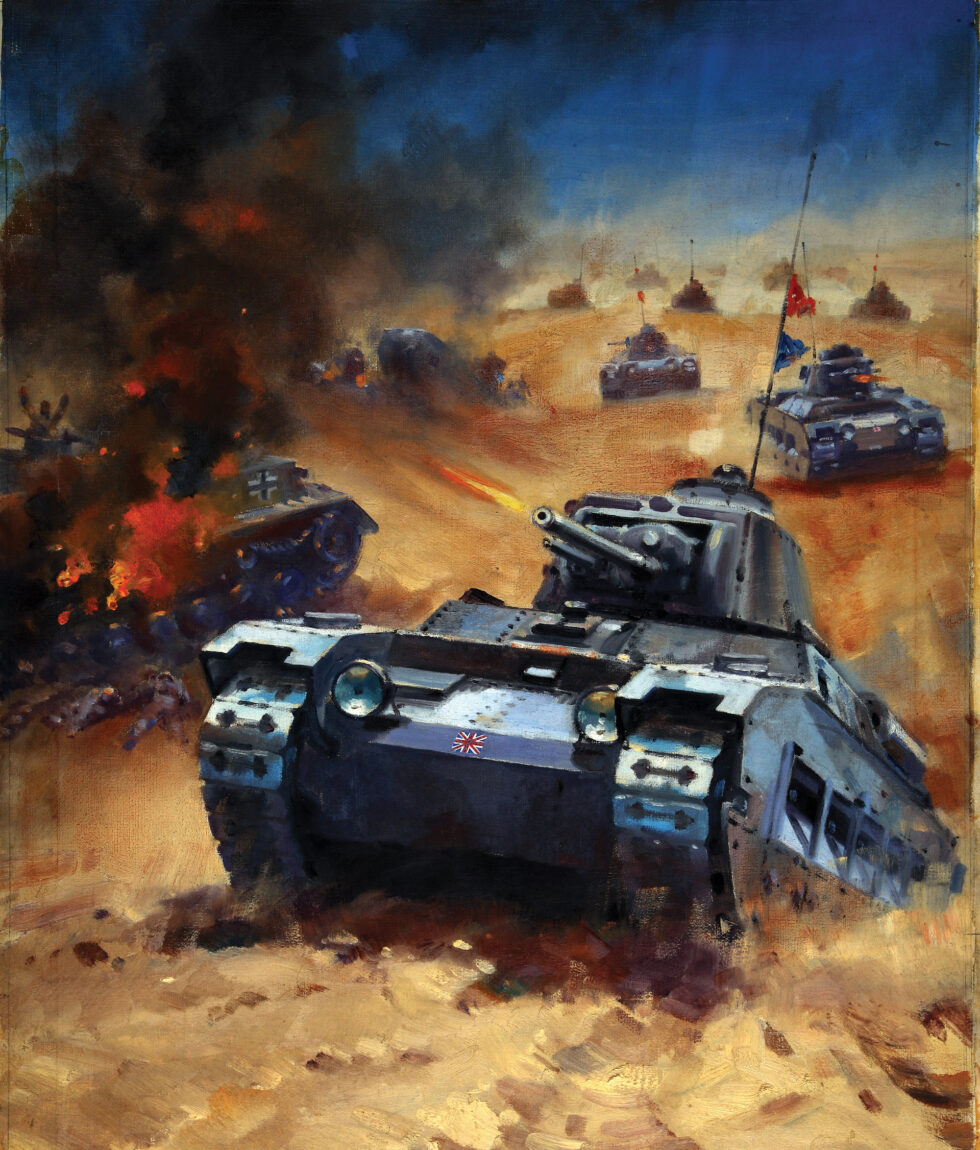 “The Nearest Thing to Hell I Ever Saw”
“The Nearest Thing to Hell I Ever Saw”
In early November 1940, O’Connor was appointed an acting lieutenant general in recognition of the increased size of his command and the ranks of his subordinate commanders. The Matildas of the 7th RTR were designed for direct support of infantry and to create a shock wave in the Italian defense positions then being erected on the Egyptian frontier. The Matilda tank, which caused much alarm to Rommel’s 7th Panzer Division during the invasion of France and the Low Countries in the spring of 1940, was soon to demonstrate its invulnerability to virtually every Italian gun in the Western Desert during Operation Compass. This infantry tank, thus, had a prominent effect on destroying the morale of the Italian infantry, artillery, and armored troops as the Matilda’s 2-pounder outclassed any Italian tank or antitank artillery gun.
O’Connor started Compass with an attack on the Italian camp at Nibeiwa, roughly 12 miles south of Sidi Barrani on the Mediterranean coast, just before dawn on December 9, 1940. He thoroughly surprised the Italians by emerging out of the Western Desert with elements of the 4th Indian Division that had disembarked from Bren carriers supported by 57 Matilda I tanks of the 7th RTR with their guns hammering away at the Italian artillery sangars and infantry field trenches. An Italian Army doctor referred to the Matilda tanks as “the nearest thing to hell I ever saw.”
The Italians were overwhelmed as Indian infantry units mopped up what was missed by the assaulting Matildas. As aptly stated by observer Barrie Pitt, “These [Matildas] having brushed aside the Italian tanks, burst through the entrance and fanned out across the camp area like avenging furies…. Their 2-pounders had little to fire at once they were in the camp but their machine guns chattered interminably, cutting down anyone who moved above ground, then concentrating on the gun crews as these proved to be the most determined enemies…. Everywhere the Matildas ranged they flushed dazed, frightened but often desperate Italians and Libyans from covered trenches and slits, from open holes in the ground—some without weapons at all, some with weapons which they dropped as they put their hands up … leaving death and disorder in their wake.” So complete was the victory that more than 4,000 Italians surrendered at Nibeiwa with only two men killed and five wounded in the 7th RTR.
Soon thereafter, of the 50 Matildas engaged in the battle at Sidi Barrani, only one Matilda was destroyed when a tank driver opened the armored visor of his viewing port and an Italian artillery shell went through it at that very moment. As testament to its durability against Italian armor and artillery, one Matilda was hit 38 times and was still fully operational. After numerous successful engagements against the Italians, in what was initially General Wavell’s planned reconnaissance in force (sometimes referred to as the “Five Day Raid”), the 7th RTR Matildas and the 4th Indian Division hurled the enemy back to its nearest coastal stronghold at Bardia. The Matilda had earned the sobriquet “Queen of the Desert.”
46 Direct Hits
By the end of December 1940, O’Connor was again keen to use the Matildas of 7th RTR to attack Bardia, this time with Australian infantry of the 6th Australian Division. Western Desert Force was redesignated XIII Corps officially on January 1, 1941. On January 3, 1941, a contingent of Matildas accompanied by Australian infantry making their combat debut in World War II advanced as Italian artillery was completely unable to halt the infantry tanks.
One Matilda commander described the state of his armored vehicle after storming the Italian coastal fortress with the comment, “Anything breakable, radio aerials, water cans, lights, etc. had vanished, and evidence of no less than 46 direct hits, which says a lot for the Matilda.” On January 5, a set-piece attack with tanks and artillery was launched on the remaining Italian positions at Bardia. Six Matildas participated, and by midday the battle was over with thousands of Italians from the 45,000-man garrison surrendering.
In mid-January, the Italian defenses at the major Libyan port city of Tobruk were the last challenge for the Matildas of the 7th RTR. Some Italians who had escaped from Bardia to Tobruk had forewarned the defenders there of the “invincibility of the terrible Matildas.” The only consolation for the Italians was that the Australian infantry was moving so quickly that the 7th RTR and its relatively slow Matilda tanks could not keep up. Lt. Col. R.M. Jerram, commander of the 7th RTR, had imposed a strict half-speed limit (7.5 mph) on the Matildas when out of contact with the enemy to save wear and tear on their engines and vulnerable steering mechanisms.
The final attack on Tobruk was postponed until January 21 to allow as many Matildas as possible to be ready for the assault. The passage across Tobruk’s escarpment was especially difficult for the Matildas since they had to be hauled by heavy artillery tractors to save their engines from further wear. Even with the assistance of the hauling vehicles, only 18 Matildas were available for the January 21 attack. A troop of Matildas entered Tobruk’s harbor at 10 am on January 22. Two hours later, all organized Italian resistance had ceased. The 7th RTR’s Matildas, after traveling an average of 1,200 miles, had to be withdrawn by both rail and ship for heavy refitting and maintenance.
Famed author and armor proponent Captain Sir Basil Liddell-Hart commented, “The history of war shows no case of a single fighting unit having such a great effect in deciding the issue of battles.” O’Connor wrote Jerram, “It has been a wonderful show, and you are more than ever responsible for its success.”
With the appearance of the Nazis in the North African littoral in early 1941, the German PzKpfw. III battle tank mounting a 50mm gun reached the battlefields of the desert war. Also, the German 50mm Pak 38 AT gun could penetrate the front of a Matilda using composite rigid shot. The DAK also had a number of heavier Panzer IVs, which carried 75mm guns. Also, the German tanks carried dual-purpose guns capable of firing AP and HE rounds, while the Matilda only fired solid-shot AP shells, of little use against AT guns and infantry positions.
Despite its evolving obsolescence, the number of Matildas in the Middle Eastern Theater continued to increase. Both the 7th RTR and the 4th RTR took part in Wavell’s Operations Brevity and Battleaxe in May and June 1941. Wavell was pinning his hopes for success in these operations in part on the proven durability of the Matildas. However, both attacks, aimed at reclaiming the coastal region along the Libyan-Egyptian frontier and raising the siege of Tobruk, failed with many Matildas lost at long range. Of the 100 or so Matildas that participated in Battleaxe with the 4th Armored Brigade on the morning of June 15, only 37 were still capable of action when night fell, although the tank fitters would have 11 more ready by the following morning.
The Last Matilda Tank Production Order
Curiously, a captured German officer claimed that about 20 Matildas had broken through the Axis lines during Battleaxe near Fort Capuzz and advanced on a defenseless Bardia, where only German administrative units were posted. However, these Matildas ran into a battery of German 88s stationed there for air defense. The guns destroyed all of the British tanks. After Battleaxe, Wavell was replaced by General Claude Auchinleck as Commander-in-Chief, Middle East.
Elements of the 42nd and 44th RTR of the 1st Army Tank Brigade, comprising roughly 65 Matildas, took part in Auchinleck’s Operation Crusader battles that resulted in the relief of Tobruk. Approximately 70 Matildas of the 32nd Army Tank Brigade were also located within the Tobruk perimeter. On November 27, 1941, Matildas of the 32nd Army Tank Brigade from Tobruk met troops of the New Zealand Division near El Duda, raising the 240-day siege of Tobruk.
The last production order for 75 Matilda tanks was made in the spring of 1942, when the design clearly had become obsolete. However, the Matildas were implemented in a variety of different roles in the deserts of North Africa. The Gazala battles of May-June 1942 resulted in General Erwin Rommel’s DAK retaking Tobruk on June 21, 1942, and the pell-mell retreat of Auchinleck’s Eighth Army to the Egyptian frontier. A few Matildas covered the withdrawal of British and Commonwealth infantry from their fixed positions.
At Ruweisat Ridge during Auchinleck’s First Battle of El Alamein in July, four close-support Matildas mounting 3-inch howitzers to fire smoke rounds as cover for other tanks participated in a suicidal charge with Valentine tanks of the 23rd Armored Brigade with only one Matilda surviving. During the pivotal Second Battle of El Alamein at the end of October, British General Bernard Montgomery, now commanding the Eighth Army, utilized Scorpions, old Matildas fitted with revolving drums and chains to detonate mines by thrashing the ground ahead of the remaining armor and infantry. Twenty-four of these Scorpions participated in the Second Battle of El Alamein. A Matilda Baron Mark III was also developed to not only clear minefields with its flail but also to chop through barbed wire and excavate earthworks.
Supporting the Australian Infantry
In other Mediterranean locales, a squadron of 16 Matildas was shipped from England to Port Sudan to be part of the 4th RTR spearhead in the British attack against the Italians in Eritrea in early 1941. In rough terrain, this squadron covered hundreds of miles on its original tracks to help defeat a much greater Italian force, ultimately enabling the British to gain access to the Red Sea. On the island of Crete in May 1941, New Zealand General Bernard Freyberg had nine Matildas from the 7th RTR that were shipped from North Africa. However, these tanks were lost when the island fell to the Germans in late May 1941.
In the Pacific Theater, Australian forces obtained more than 400 Matildas from Britain and New Zealand between 1942 and 1944. Matilda A12s assisted Australian infantry in New Guinea, Bougainville, Tarakan, the Labuan Islands, and northern Borneo. These infantry tanks fought on roads no wider than jungle tracks. Additionally, the Matilda CS variant with its 3-inch howitzer proved effective against Japanese bunkers.
The Australians installed a telephone set on the rear of the Matilda’s hull, which enabled squad and platoon commanders to directly communicate with the tankers when they were buttoned up. During interrogations after the war, it became apparent that Japanese defenders often fled from their fortifications rather than confront these Matilda bunker busters.
Originally published June 17, 2015
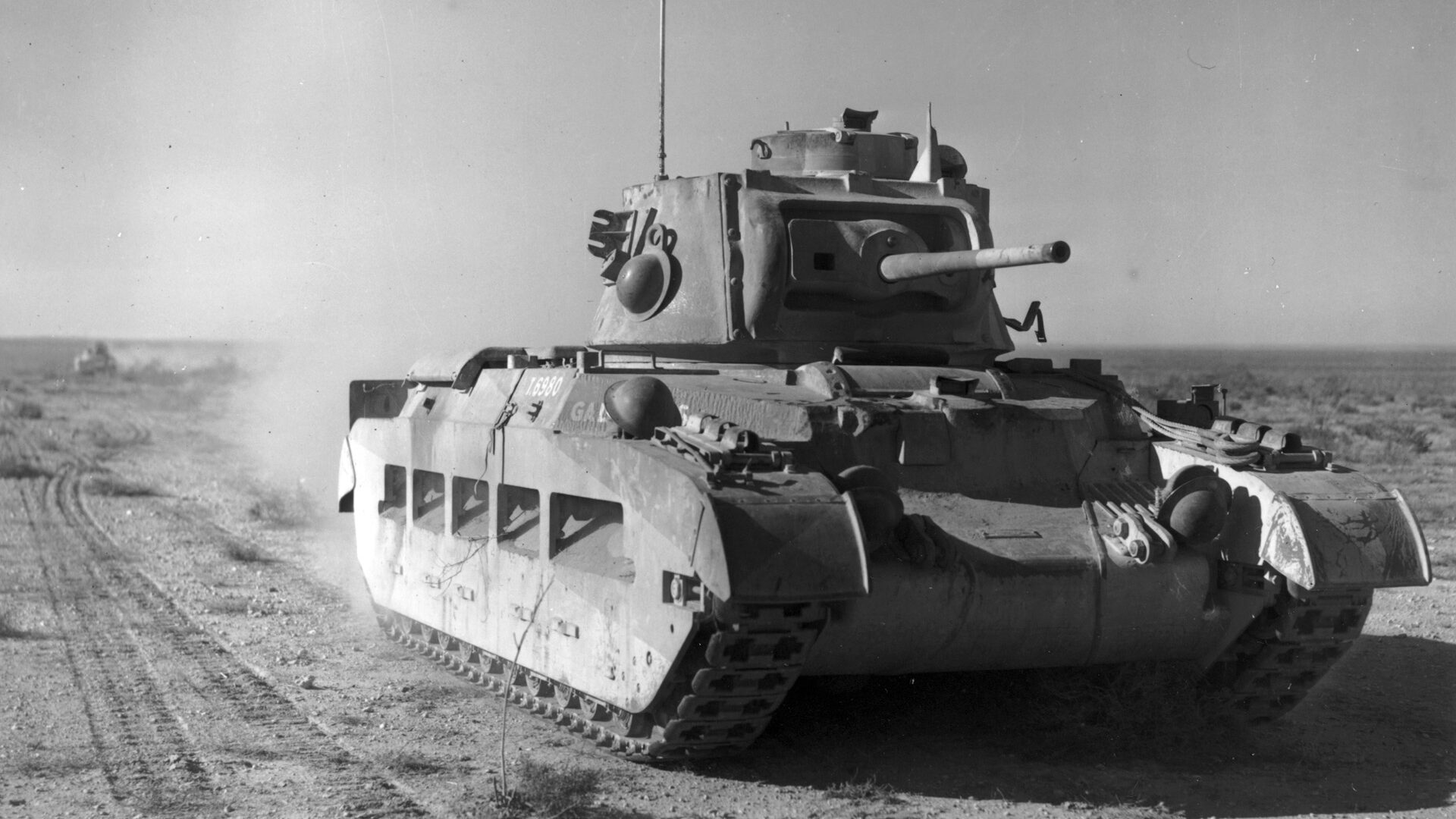
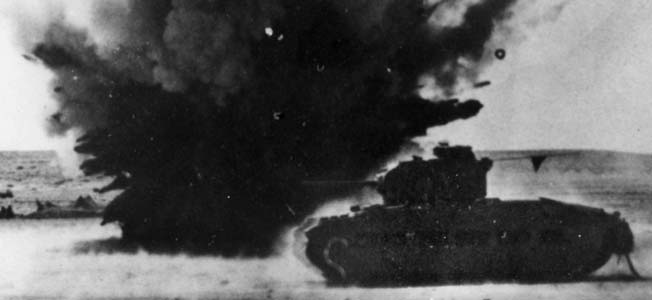
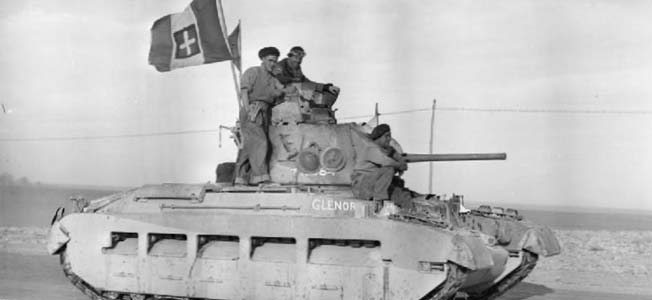
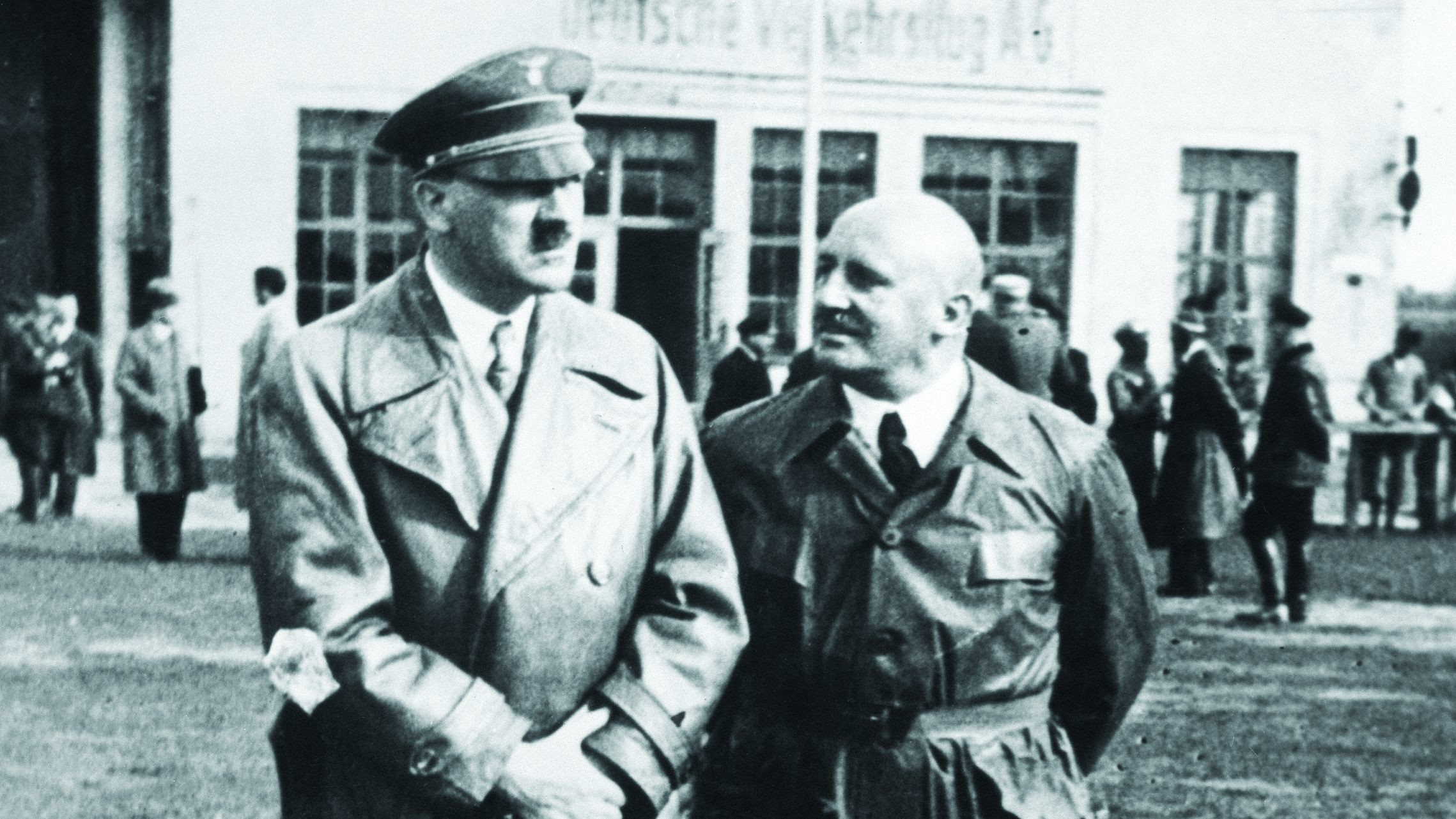
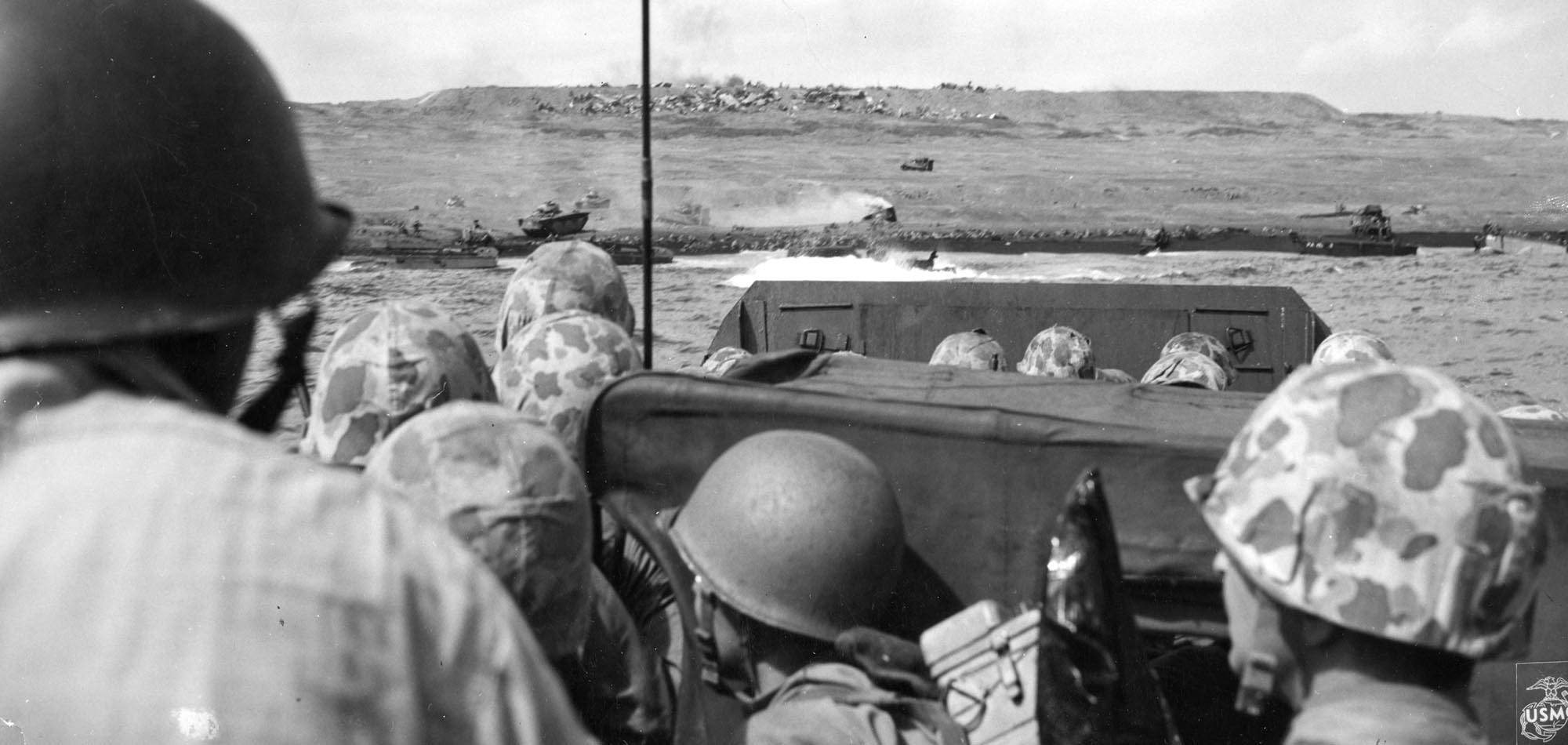
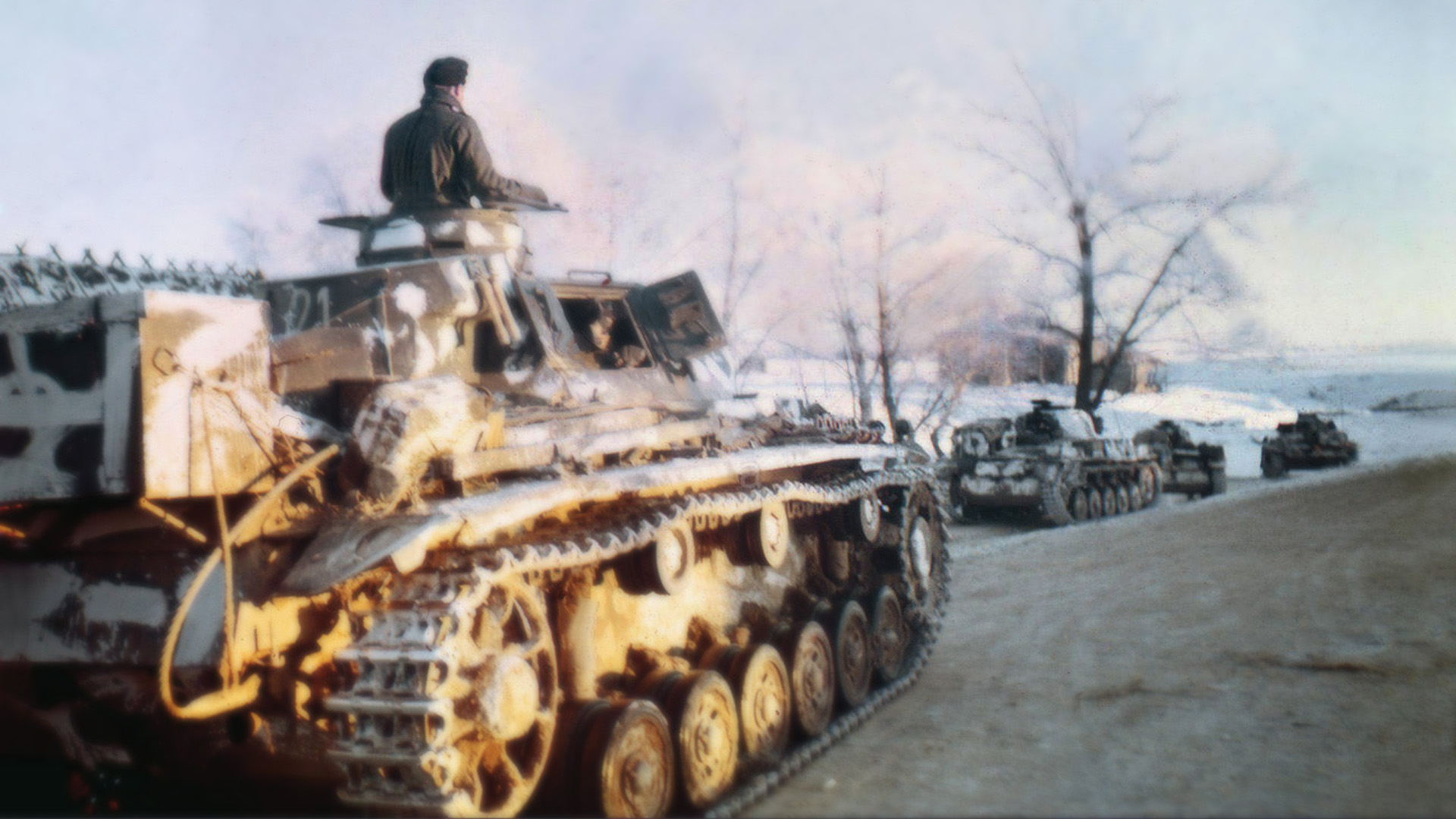
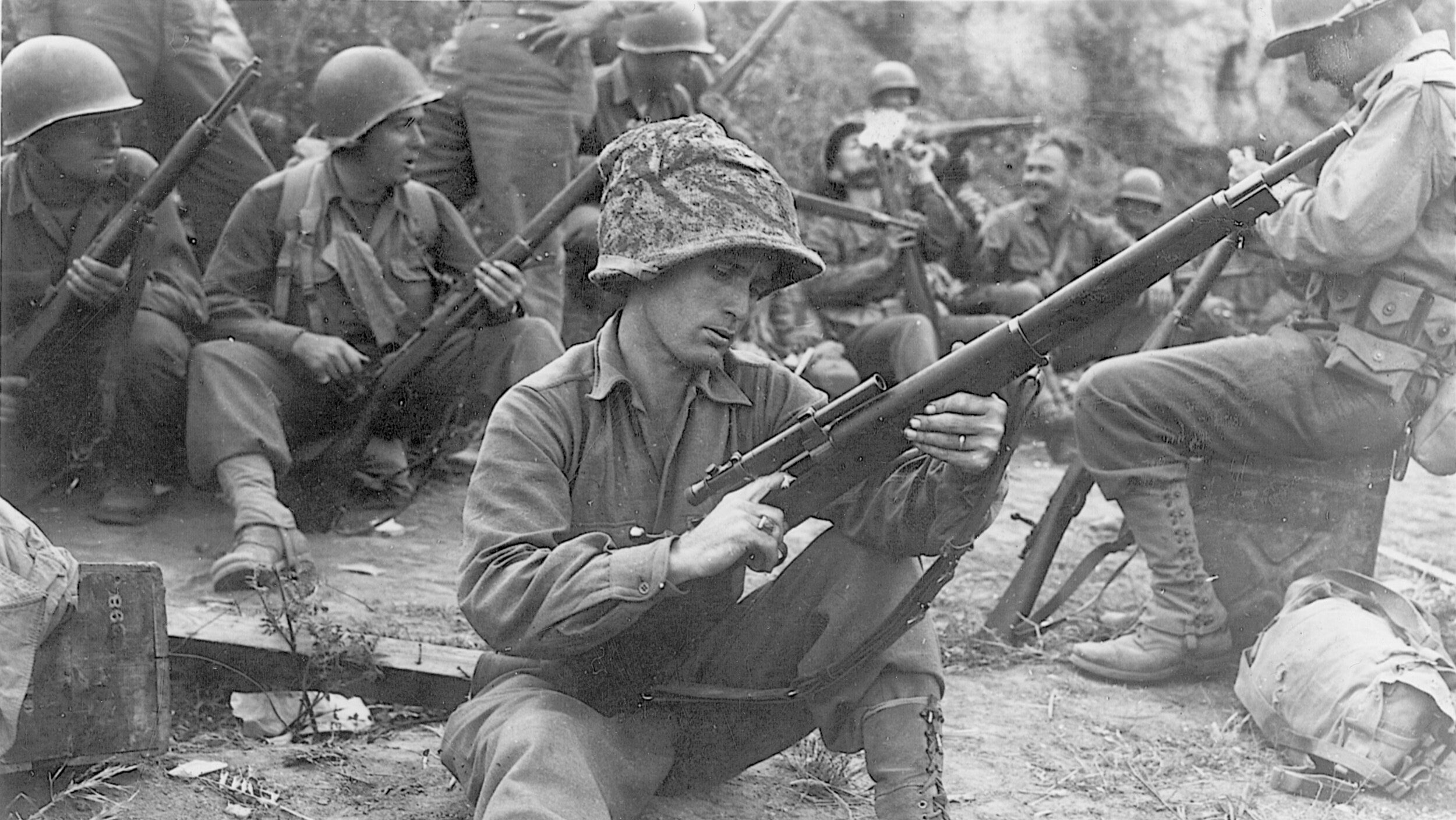

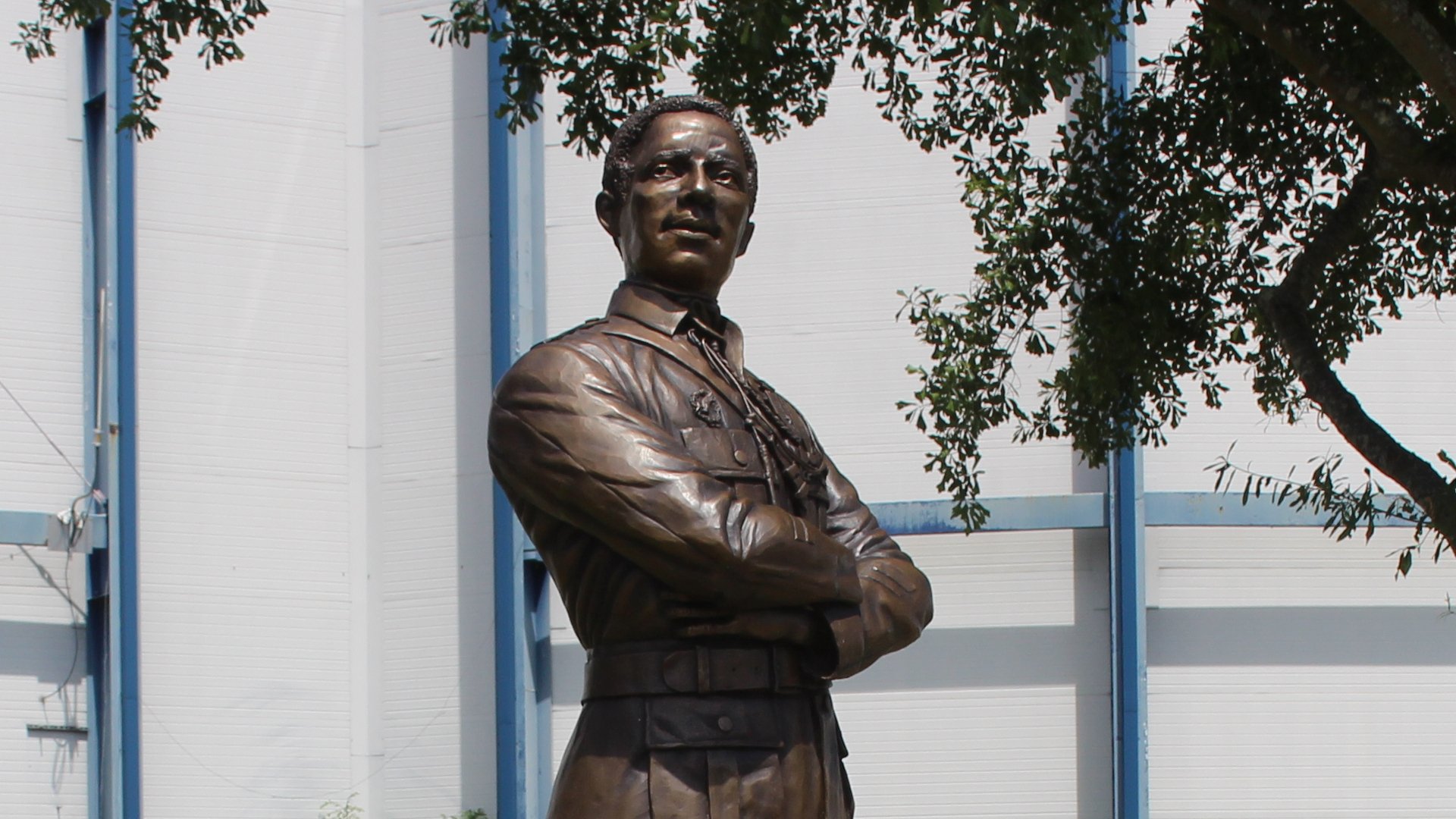
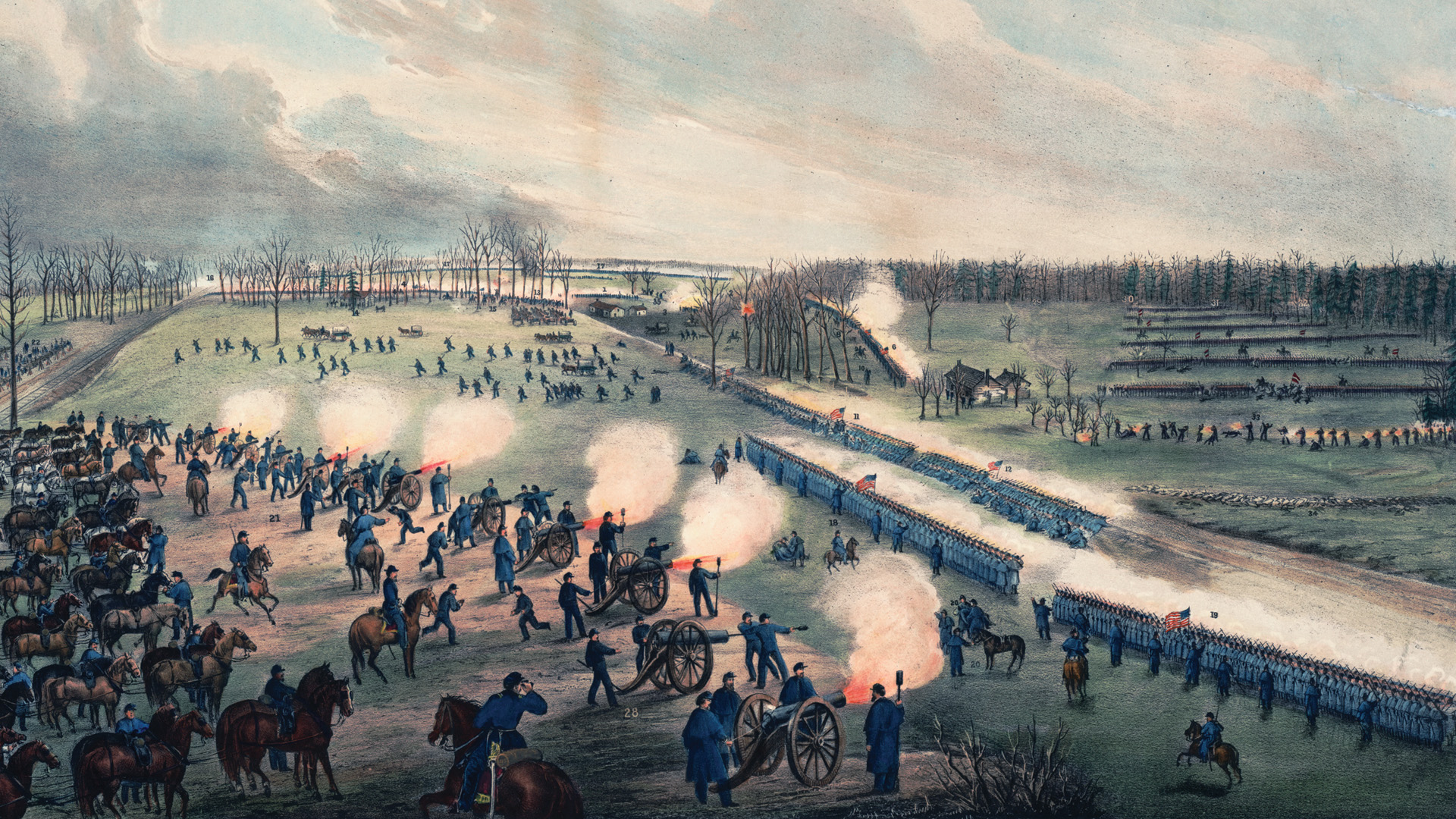
Join The Conversation
Comments
View All Comments